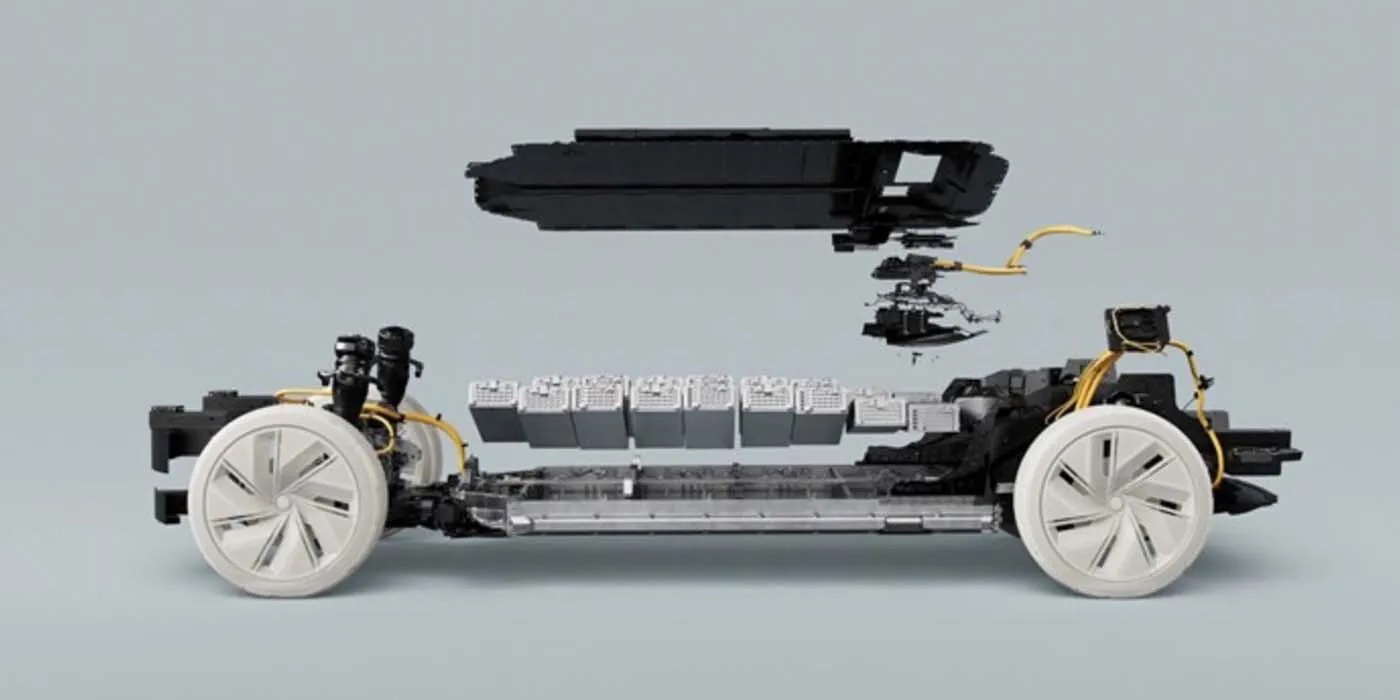
Bitcoin. No doubt you’ve heard about it. It’s a cryptocurrency that’s been around a few years, invented by a shadowy character with a Japanese name and no one’s really sure if it’s a real person or the name of a group.
In any event, bitcoin is hot right now. The reason? The blockchain, on which bitcoin moves around the world. Blockchain is a distributed ledger that’s verified by computers around the world. Blockchain speeds up the process of verifying a transaction immensely. I’ll give you an example: Try doing a wire transfer from one bank account to another. It can take a week or more to do this. You can see why this is problematic. Whatever reason you’re moving money around can change and by the time the money gets there, you may have forgotten why you transferred it. But blockchain, or distributed ledger, changes all this.
How a distributed ledger or blockchain works is this: Thousands of computers and people known as “miners” around the world process all these transactions. The computer code ensures they can’t change the transactions or mess around with them. The miners get rewarded if their computer is the fastest and about 50 percent of the computers around the world that are participating agree with them. The reward? In the case of bitcoin, they get bitcoin. Globally, every day, about 1,700 bitcoin are given as rewards, and as of the time of me writing this column, each one is worth about $2,700 U.S. dollars!
Mining is very difficult and uses very expensive computers, creates a tremendous amount of heat and uses an immense amount of electricity just to run the computers that do the calculations which solve the problems. It’s all called blockchain because it’s a chain of blocks. Each block is a set of transactions that the miners are trying to solve. If you’re laughing right now and think this sounds like a game, consider the fact that if someone put just $1,000 in bitcoin in 2010, they’d be sitting on about 50 million U.S. dollars today. As Alec Baldwin might say, “Oh, have I got your attention now?”
Besides trading in and out of cryptocurrencies, blockchain is immensely useful for something else: verification. It’s a way to verify something with someone you don’t necessarily trust. Blockchain has these amazing characteristics.
- It’s reliable
- Available
- Transparent
- Immutable – you can’t change it!
- Irrevocable
- Digital
If the ledger says something happened, something happened. How does the automotive industry come into play? Verifying the authenticity of parts, perhaps? What if a service center, car manufacturer and the customer whose car is in the shop could all verify that the part being installed on a vehicle isn’t counterfeit? What would happen if the team working on warranties could verify the part being claimed for warranty is the real deal and not a fake? What if a carmaker could verify each part of each vehicle and single out specific vehicles without having to issue a blanket recall by model and model year?
Have you ever opened a box and wondered if what’s inside the box is what is stamped on the box? If so, blockchain could solve this and forever set your mind at ease. How are you going to get involved in blockchain? If you’re interested, I’d suggest reading up on it, as much as you can. Start asking around.
Ask what your company is doing with blockchain and tell them you’d like to get involved. If they’ve never heard of it, start doing something about it today. Check into how your operation can be run more efficiently through use of blockchain.












